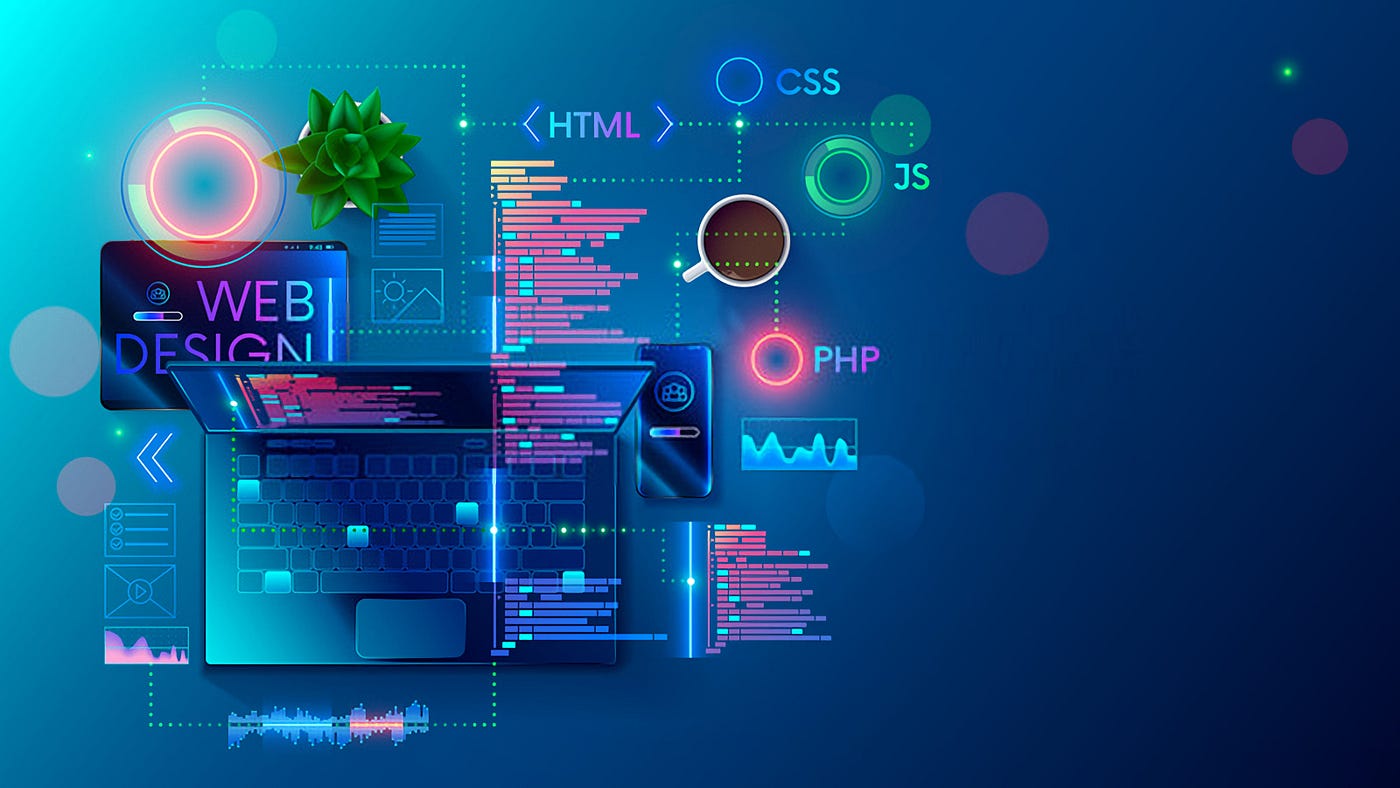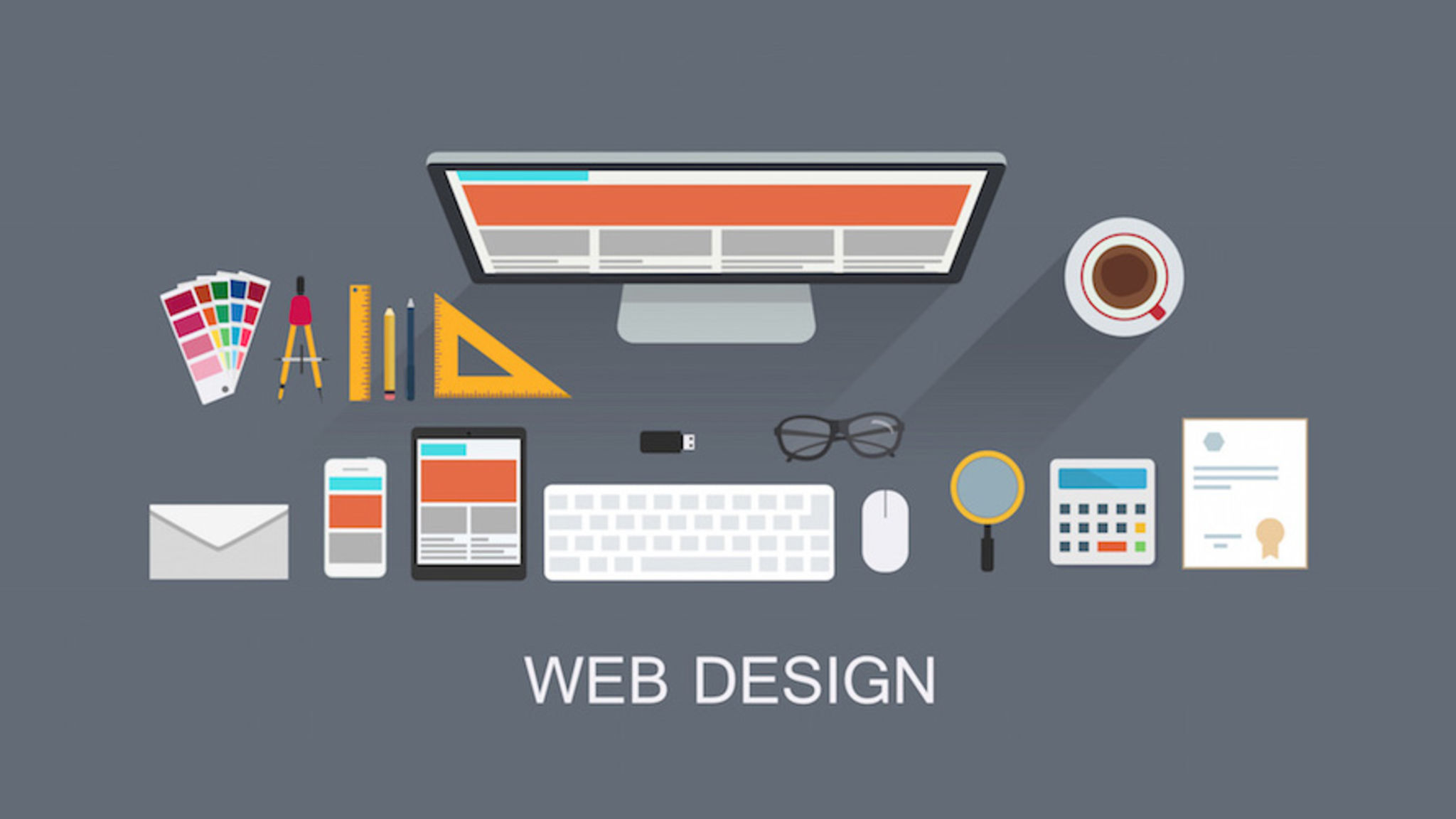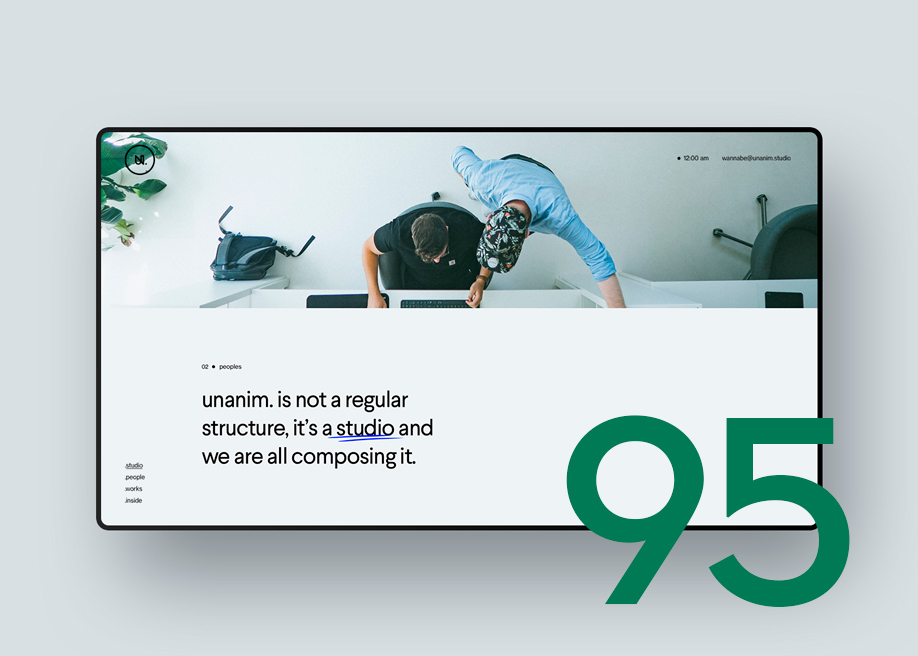All Categories
Featured
Table of Contents
- – Why Is Web Design Important? - 6 Reasons To In...
- – Web Design Tools & Software - Webflow Tips an...
- – What Can I Do With A Web Design And Developme...
- – Web Design Courses & Tutorials - Codecademy T...
- – Web Developers And Digital Designers - Bureau...
- – What Is A Web Designer? (2022 Guide) - Brains...
- – Otc Web Design Girdwood, Alaska - Web Design...
- – Web Design Service - Professionally Designed...
- – Web Design Projects - Behance Tips and Tricks:
- – Otc Web Design Girdwood, Alaska - Web Design...
- – The Top Ecommerce, Website Design ... - Seat...
Why Is Web Design Important? - 6 Reasons To Invest In Site ... Tips and Tricks:
Quick summary Functionality and the utility, not the visual design, determine the success or failure of a site. Because the visitor of the page is the only individual who clicks the mouse and therefore chooses everything, user-centric design has actually established as a standard technique for successful and profit-oriented website design - web design frederick md.
and the utility, not the visual style, identify the success or failure of a site. Considering that the visitor of the page is the only person who clicks the mouse and therefore decides whatever, user-centric design has become a basic approach for successful and profit-oriented website design. If users can't use a feature, it may as well not exist.
g. where the search box ought to be positioned) as it has actually currently been performed in a variety of articles; rather we concentrate on the methods which, used properly, can result in more sophisticated style choices and streamline the process of perceiving provided info. Please observe that you might be thinking about the usability-related articles we've released prior to: Concepts Of Great Website Style And Effective Website Design Guidelines, In order to use the principles effectively we first need to understand how users communicate with websites, how they believe and what are the basic patterns of users' habits.
Web Design Tools & Software - Webflow Tips and Tricks:
Visitors look at each new page, scan some of the text, and click on the first link that captures their interest or vaguely looks like the thing they're looking for. In reality, there are big parts of the page they do not even take a look at. A lot of users browse for something interesting (or useful) and clickable; as soon as some promising candidates are discovered, users click.
If a page offers users with high-quality content, they are willing to compromise the material with advertisements and the design of the site. This is the factor why not-that-well-designed sites with high-quality content gain a lot of traffic over years. Content is more crucial than the design which supports it.

Users don't read, they scan. Notification how "hot" locations abrupt in the middle of sentences. This is typical for the scanning process. Very simple concept: If a site isn't able to fulfill users' expectations, then designer stopped working to get his job done effectively and the company loses money. The greater is the cognitive load and the less intuitive is the navigation, the more prepared are users to leave the site and search for alternatives.
What Can I Do With A Web Design And Development Degree? Tips and Tricks:
Neither do they scan web page in a linear fashion, going sequentially from one website area to another one. Rather users satisfice; they select the first reasonable option. As soon as they find a link that seems like it may result in the goal, there is an extremely good possibility that it will be right away clicked.
It does not matter to us if we comprehend how things work, as long as we can use them. If your audience is going to imitate you're designing billboard, then design fantastic billboards." Users want to have the ability to manage their browser and rely on the consistent information discussion throughout the website.
If the navigation and site architecture aren't user-friendly, the number of question marks grows and makes it harder for users to comprehend how the system works and how to obtain from point A to point B. A clear structure, moderate visual clues and quickly identifiable links can help users to find their course to their objective.
Web Design Courses & Tutorials - Codecademy Tips and Tricks:

claims to be "beyond channels, beyond items, beyond circulation". What does it mean? Since users tend to explore websites according to the "F"-pattern, these three statements would be the first elements users will see on the page once it is filled. The style itself is basic and instinctive, to understand what the page is about the user requires to search for the response.
As soon as you have actually accomplished this, you can interact why the system is helpful and how users can gain from it. Individuals won't use your website if they can't discover their method around it. 2. Do Not Waste Users' Perseverance, In every task when you are going to provide your visitors some service or tool, attempt to keep your user requirements very little.
First-time visitors are willing to, not filling long web types for an account they might never ever utilize in the future. Let users check out the website and find your services without forcing them into sharing private data. It's not affordable to force users to get in an e-mail address to check the feature.
Web Developers And Digital Designers - Bureau Of Labor ... Tips and Tricks:
Stikkit is a perfect example for an easy to use service which requires nearly absolutely nothing from the visitor which is unobtrusive and soothing. Which's what you want your users to feel on your website. Apparently, Mite requires more. The registration can be done in less than 30 seconds as the form has horizontal orientation, the user does not even require to scroll the page.
A user registration alone is sufficient of an impediment to user navigation to cut down on inbound traffic. Manage To Focus Users' Attention, As websites offer both static and vibrant content, some aspects of the user interface bring in attention more than others do.
Focusing users' attention to specific locations of the site with a moderate use of visual elements can assist your visitors to receive from point A to point B without thinking about how it in fact is supposed to be done. The less enigma visitors have, the they have and the more trust they can establish towards the company the site represents.
What Is A Web Designer? (2022 Guide) - Brainstation® Tips and Tricks:
4. Strive For Function Direct exposure, Modern website design are generally slammed due to their approach of guiding users with visually appealing 1-2-3-done-steps, big buttons with visual effects etc. But from the design perspective these components in fact aren't a bad thing. On the contrary, such as they lead the visitors through the website material in a really simple and easy to use way.
The website has 9 primary navigation options which are visible at the very first glimpse. What matters is that the content is well-understood and visitors feel comfortable with the method they connect with the system.
Instead a price: simply what visitors are looking for. An optimum service for reliable writing is touse short and concise phrases (come to the point as quickly as possible), usage scannable design (categorize the content, use numerous heading levels, utilize visual components and bulleted lists which break the flow of consistent text blocks), usage plain and unbiased language (a promo does not need to sound like advertisement; offer your users some sensible and objective factor why they ought to use your service or stay on your website)6.
Otc Web Design Girdwood, Alaska - Web Design & Google ... Tips and Tricks:
Users are seldom on a site to enjoy the style; furthermore, in many cases they are trying to find the details regardless of the style - web design frederick md. Strive for simplicity instead of complexity. From the visitors' viewpoint, the best website design is a pure text, with no advertisements or more material blocks matching precisely the question visitors utilized or the material they have actually been looking for.
Finch plainly provides the information about the website and offers visitors an option of alternatives without overcrowding them with unnecessary material. Not only does it help to for the visitors, however it makes it possible to view the information provided on the screen.
Complex structures are harder to read, scan, examine and deal with. If you have the choice between separating two style sectors by a visible line or by some whitespace, it's typically better to utilize the whitespace option. (Simon's Law): the much better you handle to supply users with a sense of visual hierarchy, the much easier your content will be to view.
Web Design Service - Professionally Designed Websites Tips and Tricks:
The same conventions and rules must be applied to all elements.: do the most with the least quantity of hints and visual aspects. Clarity: all parts must be designed so their significance is not ambiguous.
Conventions Are Our Buddies, Traditional style of site components does not result in an uninteresting web website. It would be a functionality nightmare if all sites had different visual presentation of RSS-feeds.
understand what they're getting out of a site navigation, text structure, search positioning etc. A typical example from functionality sessions is to equate the page in Japanese (presuming your web users don't understand Japanese, e. g. with Babelfish) and provide your functionality testers with a job to discover something in the page of various language.
Web Design Projects - Behance Tips and Tricks:
Steve Krug recommends that it's much better to, but take benefits of conventions when you do not. 10. Test Early, Test Frequently, This so-called TETO-principle ought to be applied to every web design project as usability tests often offer into substantial issues and problems connected to a given layout. Test not too late, not insufficient and not for the wrong factors.
Some essential indicate remember: according to Steve Krug, and testing one user early in the job is much better than testing 50 near completion. Accoring to Boehm's very first law, mistakes are most frequent throughout requirements and style activities and are the more expensive the later on they are gotten rid of.
That suggests that you create something, test it, repair it and after that test it again. There may be issues which haven't been found throughout the first round as users were almost obstructed by other issues. use tests. Either you'll be pointed to the problems you have or you'll be indicated the lack of significant style flaws which is in both cases a beneficial insight for your job.
Otc Web Design Girdwood, Alaska - Web Design & Google ... Tips and Tricks:

This holds for designers as well. After you have actually dealt with a site for few weeks, you can't observe it from a fresh perspective anymore. You know how it is constructed and therefore you know exactly how it works you have the knowledge independent testers and visitors of your site would not have.
It can be connected to other locations such as graphic design, user experience, and multimedia arts, but is more aptly seen from a technological perspective. It has ended up being a big part of individuals's daily lives. It is tough to envision the Web without animated graphics, various styles of typography, background, videos and music.

During 1991 to 1993 the Web was born. Text-only pages might be seen utilizing a basic line-mode browser. In 1993 Marc Andreessen and Eric Bina, created the Mosaic browser. At the time there were multiple browsers, nevertheless the bulk of them were Unix-based and naturally text heavy. There had been no integrated approach to graphic style elements such as images or sounds.
The Top Ecommerce, Website Design ... - Seattle Tips and Tricks:
The W3C was developed in October 1994 to "lead the Web to its full potential by establishing common procedures that promote its advancement and ensure its interoperability." This prevented any one business from monopolizing a propriety web browser and programming language, which might have changed the effect of the Internet as a whole.
As this has happened the innovation of the web has also carried on. There have likewise been significant modifications in the way individuals utilize and access the web, and this has actually changed how sites are created. Considering that completion of the internet browsers wars [] brand-new web browsers have actually been released. A lot of these are open source indicating that they tend to have faster advancement and are more supportive of new standards.
Learn more about Lovell Media Group LLC or TrainACETable of Contents
- – Why Is Web Design Important? - 6 Reasons To In...
- – Web Design Tools & Software - Webflow Tips an...
- – What Can I Do With A Web Design And Developme...
- – Web Design Courses & Tutorials - Codecademy T...
- – Web Developers And Digital Designers - Bureau...
- – What Is A Web Designer? (2022 Guide) - Brains...
- – Otc Web Design Girdwood, Alaska - Web Design...
- – Web Design Service - Professionally Designed...
- – Web Design Projects - Behance Tips and Tricks:
- – Otc Web Design Girdwood, Alaska - Web Design...
- – The Top Ecommerce, Website Design ... - Seat...
Latest Posts
Awwwards - Website Awards - Best Web Design Trends Tips and Tricks:
Website Design - Best Ecommerce Web Design By Shopify Tips and Tricks:
Web Design Shopify:
More
Latest Posts
Awwwards - Website Awards - Best Web Design Trends Tips and Tricks:
Website Design - Best Ecommerce Web Design By Shopify Tips and Tricks:
Web Design Shopify: